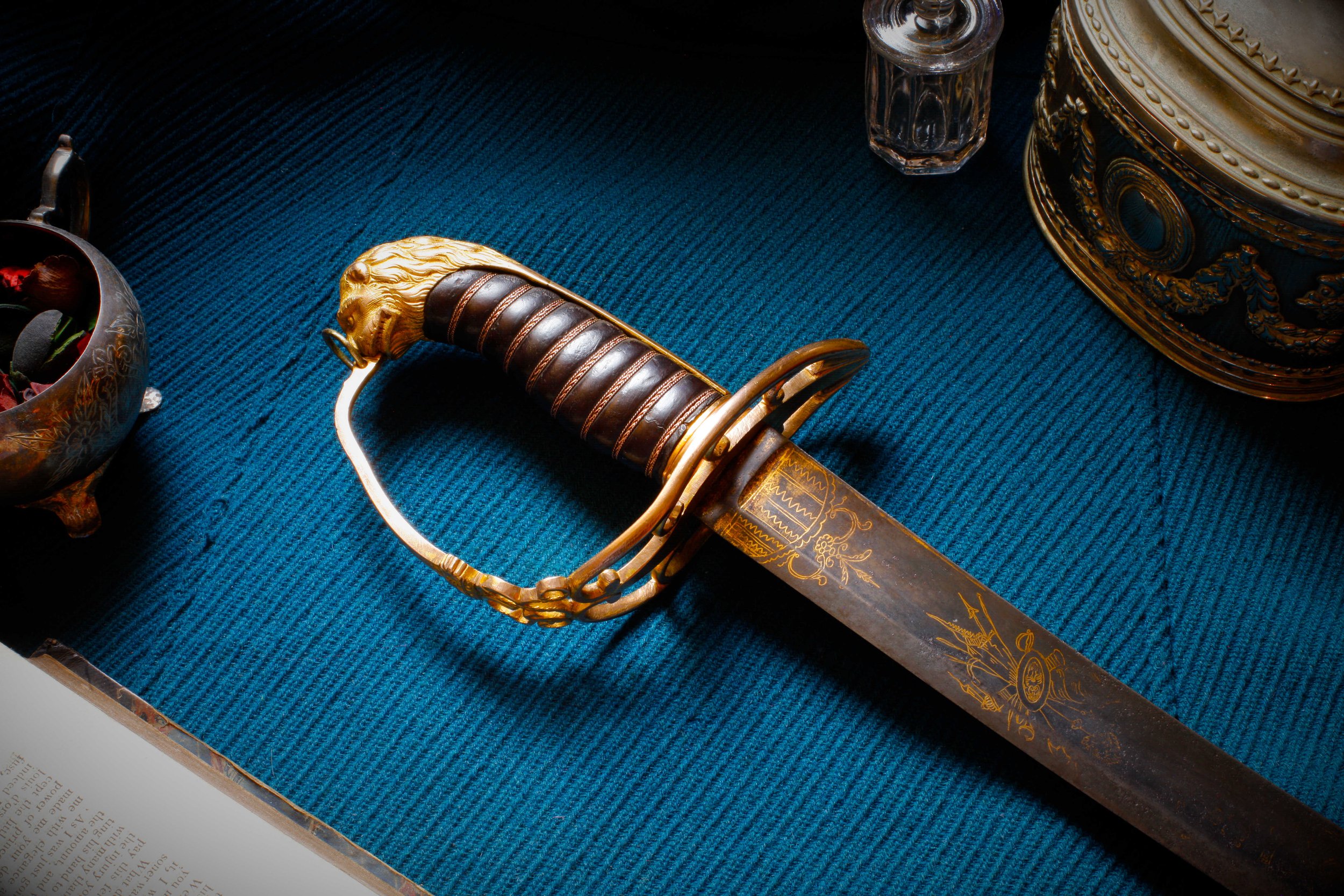Helping the historical arms and armour community is a passion of mine, with this website growing over the years to reflect this. I’m proud that it now hosts many important free resources for beginners and veterans alike. Sadly, the hosting costs, the writing and researching of articles, the source-buying, and the illustration-making all require a lot of time and money, which, as a disabled person, can be hard to come by, so I recently established a Patreon to help out. On Patreon, supporters can play a vital role in communities that are otherwise overlooked, like this one. To become a patron head over to Patreon.
By becoming my patron and adding your support you get access to a growing archive of articles, interviews, case studies, competitions and guides. You can help out from as little as £1 (or $1) and there is no commitment involved. Your support will make a difference. For more details, and a full list of what’s currently in the archive, see here.
Highlights from the archive:
The Khanjarli Dagger: Why is it so Weird?
The Turbulent Story of Sword-Maker Charles Reeves
The Swords of Robert Mole and Sons of Birmingham
On Medieval Falchions by James Elmslie and Andy Johnston
Genuine or Forgery? A Collector's Guide to Chinese Swords by Andy Johnston
Case Study: Adding Value to an Antique Tulwar
Italian Gun-Swords: Colombo and Micheloni
The 1803 Pattern Sabre: The Best Sword Ever?
Case Study: Restoration of an Antique Jezail
The 1803 Pattern Sabre: The Best Sword Ever?
Exploring the Swords of Master and Commander
The Sword Patterns of the Honourable Artillery Company
The Firangi: a Sword Forged in Empires
Case Study: Cleaning an Antique Indian Sword
The Bosun’s Cosh: Hitting with Style in the Royal Navy
The 1908 Pattern and the 1912 Pattern Swords: The Best Cavalry Swords Ever Made?
Joseph Rodgers: The Best Fighting and Hunting Knives
Colt 1851 Navy Revolvers and British Service
The Infamous 1796 Pattern Light Cavalry Sabre
Arnachellum and the Mysterious Anglo-Indian Dagger Makers
British Weapons in the American Civil War
The Historical Use of Swords by the British Police
Antique Sword Collecting for Beginners: Tips and Secrets
Repairing Antique Sword Handles
Identifying African Swords
How to Etch Wootz Steel
Identifying Indian Daggers




















